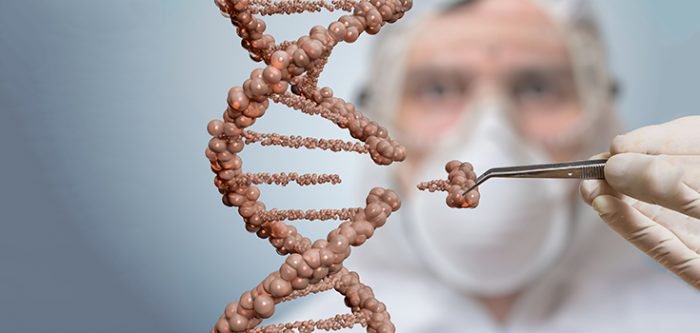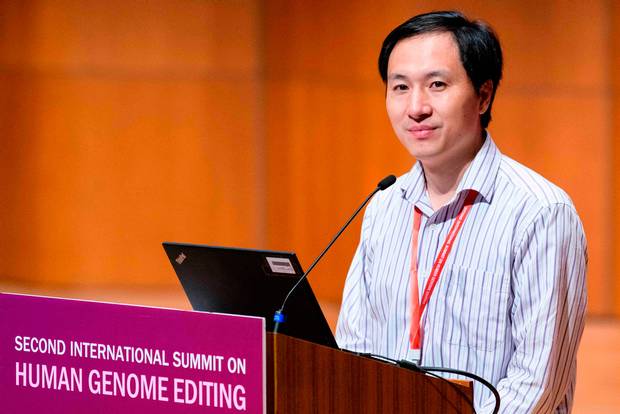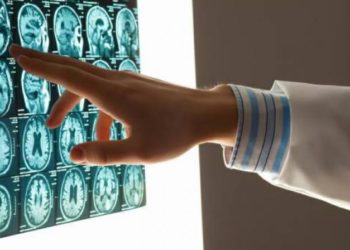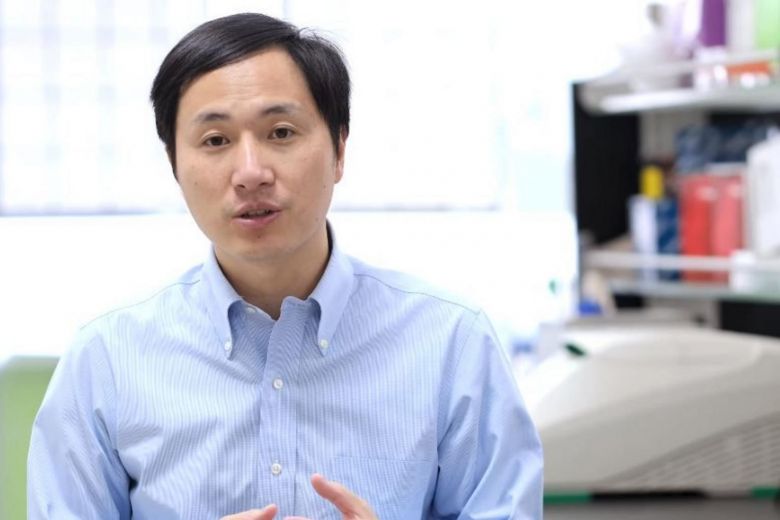Bioethicists and disability rights activists are concerned about new genetic alteration techniques that may allow scientists to edit out autism traits.
Researchers at the University of Texas Health Science Center injected mice with DNA chains containing the code for fragile X syndrome, a type of autism. They then utilized CRISPR-Gold gene editing and measured a significant drop in “exaggerated repetitive behaviors,” such as excessive digging and leaping. Both are typical symptoms of autism in mice.
The new technique can revolutionize the way scientists perform gene-editing by injecting gold nanoparticles directly into the brain, as opposed to using viruses as vehicles for the Cas9 editing enzyme. The local effects observed by the researchers open the door to an entirely new use for CRISPR: genetic alteration inside the adult brain.
There is hope that this technology can be adapted to treat a range of neurological conditions, including opioid addiction and schizophrenia. However, CRISPR-Gold has not yet been developed to be tested on human subjects.
“Gene editing techniques, such as CRISPR Cas 9, are not sufficiently refined –- there are still too many off-target effects — for it to be ethical to use them for clinical applications,” Dr. Audrey Chapman, Professor of Medical Ethics and Humanities at the University of Connecticut, told The Globe Post. If CRISPR were to be made available for clinical use, parents of autistic children under the age of consent would likely have to make the difficult decision of whether or not they would proceed with such drastic treatment.
Bioethicists and disability rights activists worry that genetic editing for developmental disorders such as autism is expressively ableist. Thomas Shakespeare, Professor of Disability Research at the University of East Anglia told The Globe Post, “Autism comes in different varieties, much of it is harmless and possibly even advantageous in today’s world.”
In fact, research has shown that people on the autism spectrum tend to be better problem-solvers. A 2014 study at the University of Montreal revealed that the autistic brain can isolate and process the information it “prefers” to while blotting out verbal and social cues. This neural processing is similar to how blind people have heightened hearing because they are able to focus more on auditory processing.
Additionally, a 2015 paper published in the Journal of Autism and Developmental Disorders found that subjects on the autism spectrum were able to produce more unusual responses on divergent thinking tasks. Researchers asked both neurotypical and autistic participants to brainstorm creative uses for a brick and a paperclip. While non-autistic people named less and more obvious uses, autistic people immediately offered unusual uses, such as heating up the paperclip to use as a suture or adding weight to a paper airplane. Essentially, these findings suggest that autistic people are potentially more creative and ingenious.
Unfortunately, there is no autistic community to reflect on any implications for disability rights that come along with genetic editing, said Dr. Chapman. “By definition, individuals on the autism spectrum have an inability to create emotional contact with others and often to communicate as well. Moreover, persons on the autism spectrum have a range of symptoms from mild to very severe, and possibly if we could consult them, would have differing perspectives on the issue.”
To edit away autistic traits is to express discrimination against those living and flourishing with autism. “Of course, there are kids who are unreachable and unteachable and who their parents desperately hope to find a therapy or treatment which enhances their lives,” Shakespeare continued. “But we should proceed very cautiously, because diversity is, in general, and up to a point, a very positive aspect of humanity.”




















